This was the question posed last weekend at the 2012, Aspen Ideas Festival. I was pleased to see the topic discussed in earnest, not just on day five, but throughout the week. I say this because I find the topic of ensuring access to safe water and sanitation for the world's poor rarely gets this level of attention. It's a welcome shift! Don't get me wrong. Important issues such as food security, energy, nutrition, culture, and political stability all merit equal attention, but like a fractal design, the center depends on the vantage point. For me, and Water.org, it's achieving this ambitious goal -- ending global water poverty as we know it. It's our focus because water, for being one of the most abundant and elemental resources on the planet, isn't available to nearly a billion people. Furthermore, more people on the planet have access to a cell phone than to a toilet.
Often, when we focus our attention on water, we find the conversation turns to very broad and interrelated challenges, which can quickly become so complex it's hard to remember where you began. Let's first confirm that there is indeed enough water on the planet to sustain each living person. While it's true that population growth continues to apply increasing pressure on water resources, the reality is that only 8% of the world's water use is for households. About 70% of all water on the planet is used for agriculture. If every single person in the world without access to safe water secured 50 liters for basic daily use, it would take a mere fraction of 1% of the world's water resources (by comparison, the per capita use in the United States is more than 350 liters).
Assuming we have enough water, we can now focus on safe water. A child under the age of five will die from a preventable water-related disease before you finish reading this paragraph. That's a child every 20 seconds, everyday.
While there are a number of critical issues involving the world's water resources, we have to make solving the global water crisis for the men, women, and children living and dying its daily reality a central priority. Solutions to large-scale water use and management challenges are in development, yet the world is divided -- in developed countries there is looming anxiety about water shortages, whereas in developing nations it is a real and deadly certainty. There are more children dying of preventable, water- and sanitation-related disease than HIV/AIDS and malaria combined. Women across the world spend millions of hours a day collecting water for their families and often that water is contaminated by animal and human waste. The choice between dying of dehydration or water-related illness is made every single day. For those living in informal settlements, access to water comes at a high price -- often 5-10 times more per liter of water than their middle-upper class neighbors with house connections living in the same city.
Besides ensuring basic survival for nearly a billion people, universal access to safe water will increase global security and, according to the World Health Organization, will give an economic return of $3 to $34 dollars for every dollar invested. The good news is that this challenge doesn't require us to wait for a miracle cure. The world has been able deliver safe water and basic sanitation for more than 100 years. Imagine if we cured cancer or HIV/AIDS and 4,000 children died every day because we failed to deliver the cure. We simply would not stand for it.
One of the central themes during the Festival was the power of collaborations between sometimes unsuspecting partners to tackle some of the world's most pressing problems -- like ending the global water crisis. One such partner is PepsiCo. They're focused on a Recipe for the Next Billion and how they will meet the needs of the Next Billion; doing more while using less. As a global food and beverage company, water is fundamental to PepsiCo's ability to operate and they have been committed to finding ways to sustain and protect the world's water resources. And so our worlds intersect.
In partnership with the PepsiCo Foundation, Water.org will provide access to safe water or improved sanitation to nearly 1 million people in India by 2016 through an innovative approach called WaterCredit. WaterCredit is a market-driven model that Water.org pioneered in 2003 where microfinance institutions (MFIs) provide small (micro) loans to individuals to finance their own water and sanitation solutions, such as rain-water harvesting tank, a toilet, or a household connection to a water utility. To date, more than 187,000 people in India have benefitted from improved water and sanitation from this program and global repayment rates for WaterCredit are 97%. There will never be enough charity in the world to solve the global water crisis so we need to double down on smart solutions like WaterCredit which can rapidly scale safe water and sanitation access for families that are in desperate need right now.
Ideas like WaterCredit are born from cross-pollinating innovation -- in this case microfinance and water and PepsiCo and Water.org-and give us line of sight on solving the global water crisis. We are closer than ever to closing the final gap on this challenge and we will solve it with equally pioneering efforts focused on managing water resources and its equitable allocation to the poorest among us. We must remain inclusive and urgently committed to solving this for the billions who can't afford to wait.